Are you having problems with your Nikon D3300 autofocus? Does it seem like your camera is constantly hunting for a focus point, and never quite locking onto the subject you want it to capture? If so, don’t worry – you’re not alone. Many D3300 users have reported this issue. In this article, we’ll discuss some of the most common causes of Nikon D3300 autofocus problems, and provide some tips on how to fix them.
Nikon autofocus problems
There are several types of autofocus problems that can occur in Nikon cameras. These include:
- Focus hunting: The camera may focus erratically, constantly seeking a better focus point than the one it already has.
- Back focusing: This occurs when the camera focuses on an object behind the intended subject instead of on the subject itself.
- Unreliable AF points: Some Nikon cameras have multiple Autofocus (AF) points that lock onto different objects depending on what is being photographed. If these points become unreliable and don’t always respond correctly, then you might experience autofocus issues.
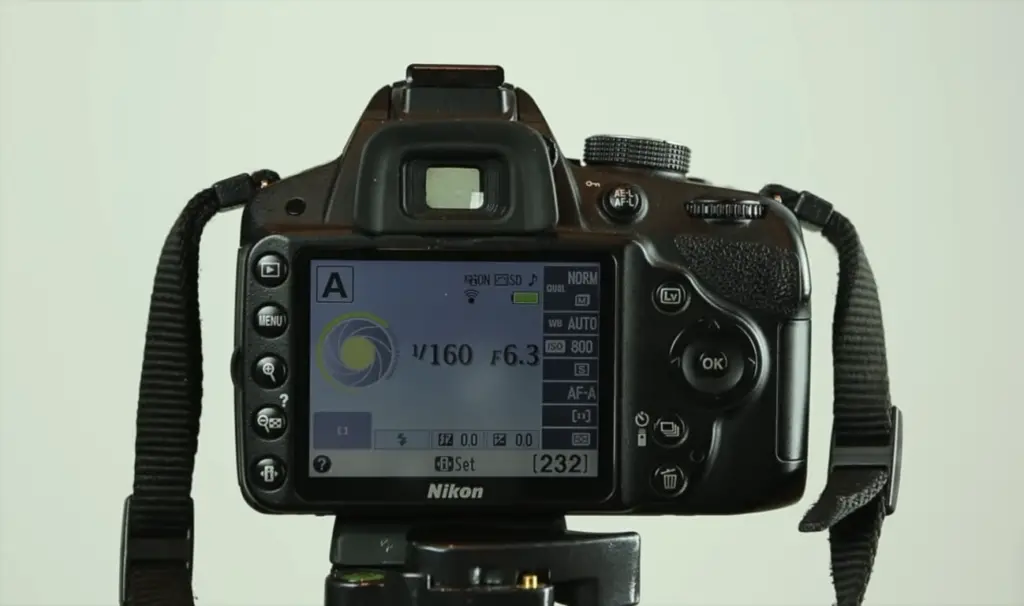
Autofocus problems can be caused by a number of different factors, including:
- Poorly calibrated lenses: Autofocus lenses need to be regularly calibrated in order to ensure accurate focus. If your lens has not been properly calibrated, you may experience autofocus issues.
- Dirty or damaged sensors: A dirty or damaged sensor can also cause autofocus problems. If the camera’s sensor is smudged with fingerprints or dust, it can interfere with the autofocus system and lead to inaccurate results.
- Low light conditions: In low-light conditions, the camera may struggle to acquire an accurate focus point and may jump from one point to another as it searches for a better focus.
However, sometimes users can encounter problems with their camera’s autofocus performance. Common issues experienced include slow or inaccurate autofocus, or the inability to accurately focus on certain objects in the frame. The following tips may help you adjust your autofocus settings and improve your camera’s performance:
- Check the Autofocus Mode – Make sure that you have selected the right autofocus mode for your situation. For most situations, using Single-Point Autofocus is best, but Multi-Area or Dynamic Area AF may be more suitable in certain conditions.
- Adjust Autofocus Settings – You can use your camera’s menu to adjust autofocus settings such as tracking sensitivity and speed to suit your particular needs. Try experimenting with different combinations of settings until you find one that works best for you.
- Clean the Lens and Sensor – Dust on the lens or sensor can cause problems with autofocus accuracy, so make sure these are clean before shooting.
- Calibrate Autofocus – If you are still having problems with autofocus accuracy, try calibrating your lens and camera. You can use a calibration tool such as the Focus Tune AF Adjustment Tool to adjust your lens and camera’s autofocus performance until it is accurate.

Nikon D3300 Autofocus Not Working? Try These Troubleshooting Steps
If your Nikon D3300 autofocus isn’t working properly, there are several troubleshooting steps you can take to get it back up and running.
First, check to make sure that the lens is properly attached and secure. Make sure all connections are clean and tight. Also, if you’re using a third-party lens, try switching back to the original Nikon lens for further testing.
Second, double-check that the camera’s autofocus mode is correctly set. Consult the user manual if necessary to ensure that the correct setting is chosen.
Third, adjust any autofocus settings such as AF area mode or focus points until you find an acceptable solution. This can help narrow down any issues with the autofocus system.
Fourth, make sure that your lens is compatible with Nikon’s autofocus system. Not all lenses are compatible and if yours isn’t then it won’t work properly.
Fifth, try shooting in a different environment. Poor lighting can be a major cause of autofocus problems so switching to an area with better lighting or using an external flash can help resolve the issue.
Finally, check to see if any software updates are available for the camera or lens firmware. If so, make sure to install them as they may fix any glitches you’re experiencing.
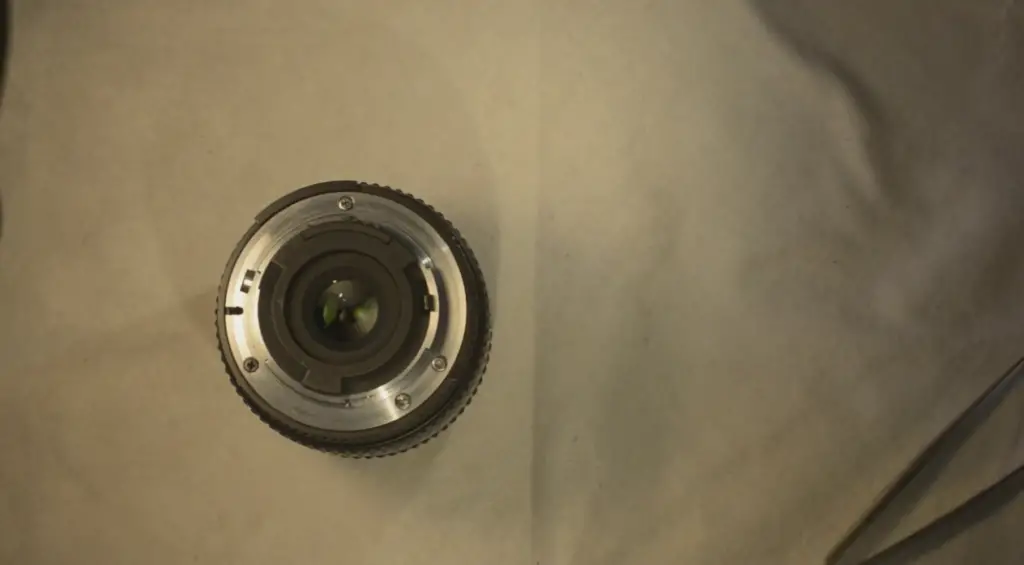
Make sure you’re using autofocus
The Nikon D3300 has several autofocus modes that you can choose from, including Single-servo AF (AF-S), Continuous-servo AF (AF-C), and Auto area AF. Make sure that the mode you’re using is appropriate for your subject and shooting situation.
Make sure the back dial is not locked
Sometimes the back dial on the Nikon D3300 can get locked, preventing you from making any changes to your autofocus settings. Make sure that it is unlocked before trying to make any adjustments.
Make sure you haven’t locked the focus
If you’ve enabled the Autofocus Lock feature on your camera, it may prevent you from being able to autofocus correctly. Make sure this setting is turned off before trying to focus again.
Check your lens for problems
If your lens is not focusing correctly, it could be due to a variety of factors such as dust or dirt on the lens elements. Make sure that there is nothing blocking the autofocus mechanism and that the lens is clean.
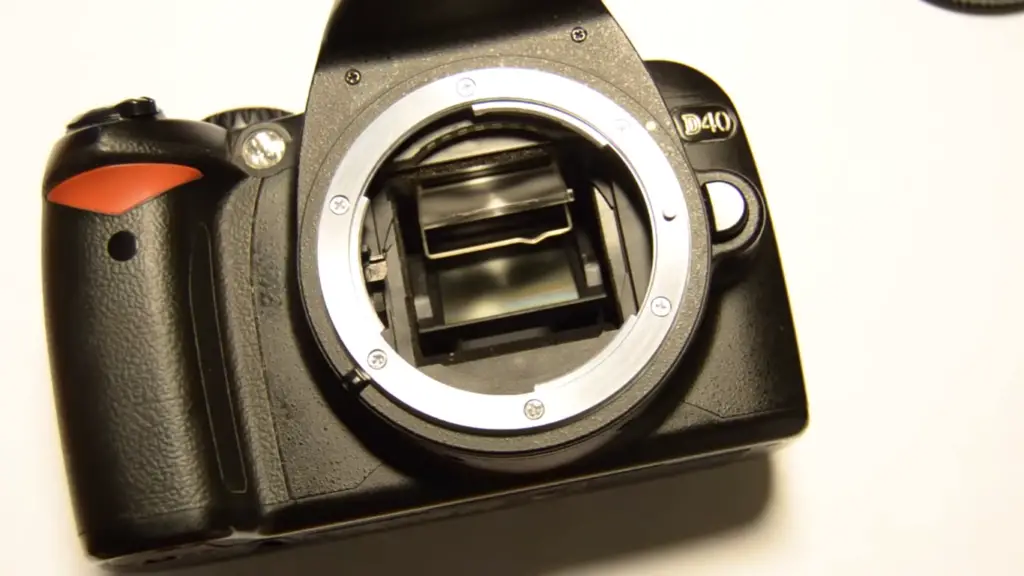
Make sure your viewfinder is sharp
If your viewfinder is out of focus, it’s likely that the autofocus will be affected. Make sure the viewfinder is sharp and clear before attempting to focus. [1]
Bonus: Turn your camera off and on
If you’re still having trouble connecting your camera to the laptop, try turning it off and on again. This can help reset any internal connections that may be preventing you from getting a proper connection. To do this, simply turn off your camera and then turn it back on after a few seconds. Make sure to wait until all of the lights are lit up before trying to connect again. With any luck, this will solve your problem and you’ll be able to continue with your project!
Manually calibrate a Nikon D3300 to fix autofocus problem
If you’re having trouble with your Nikon D3300 autofocus, you may need to manually calibrate it. Follow these steps:
- Turn on the camera and select Autofocus mode from the menu.
- Move the lens until it is focused on a subject in front of the camera and press the shutter release button halfway down to lock focus.
- Press and hold the AF-ON button while turning the focus ring on the lens until it clicks into place. This will move the focusing point away from where it is normally set so that you can adjust it manually.
- Look through the viewfinder and adjust the focus ring until what you are looking at appears sharp in the viewfinder.
- When you are satisfied with the focus, press the shutter release button to take a test shot and check that it is in focus.
- If not, repeat steps 4 and 5 until you have achieved accurate focus.
- When you are satisfied with the results, turn off the camera and store your settings for future use. [2]

FAQ
How do I fix my Nikon autofocus?
The first step to fixing your Nikon autofocus is to make sure that you have the latest firmware installed. Firmware updates can often fix any issues with autofocus (AF) performance. You can find the newest version of firmware on Nikon’s website or through their customer service department.
You should also check the settings on your camera and make sure they are set to what you want. Make sure that you’re in either single point, dynamic area, 3D tracking, auto-area AF, or group AF mode for autofocusing. The most accurate option will be single point AF because it allows you to select a specific area where the focus should be locked onto.
If these steps don’t help, you may need to get your camera serviced. Nikon service centers can diagnose and repair any problems with your autofocus system. You should also make sure that your lenses are clean and free of dirt or dust, as this could be causing the issue.
How do I fix the focus on my Nikon D3300?
If your Nikon D3300 is having trouble focusing, there are a few things you can do to try and fix it.
First, check the focus settings on your camera. On most Nikon cameras, you can change the focus mode from auto-focus (AF) to manual focus (MF). Make sure that the AF setting is selected for proper operation. You may also want to adjust the autofocus area selection, depending on what kind of subject you’re shooting.
Second, clean the lens contacts and interior elements of your lens with a soft microfiber cloth and an appropriate cleaning solution. Dirt and oil can accumulate on these parts which can impact focusing accuracy. If necessary, use canned air or a lens brush to remove more stubborn debris.
Third, check your camera’s firmware and make sure it is up-to-date. Nikon often releases updates that can improve the performance of the camera and the autofocus system. You can check for available updates on their website or through the Nikon software suite.
Finally, if you are still having trouble focusing your Nikon D3300, you may need to have your camera serviced by a qualified technician. This will ensure that all of the internal components are functioning correctly and that any potential issues are addressed.
What to do if autofocus is not working?
If your camera’s autofocus isn’t working correctly, there are a few things you can do to troubleshoot and fix the issue.
- Check if Autofocus is enabled on your camera: Make sure that your camera is set to autofocus mode instead of manual focus or some other mode. This may seem obvious but it’s easy to overlook.
- Clean the lens contacts: Dirt and dust can accumulate on the contacts between the lens and the body of your camera, disrupting communication between them and preventing proper functioning of autofocus. To prevent this from happening, it’s important to keep these contacts clean with a soft cloth or air canister regularly.
- Update your camera’s firmware: If none of the above steps work, updating your camera’s firmware may help. Check with your camera manufacturer to see if they have any updates available and install them according to their instructions.
- Send it in for repairs/replacement: If you’ve tried all of the above steps but still can’t get autofocus working correctly, then it’s probably time to send it in for service or replacement. Contact your camera manufacturer or an authorized repair shop for more information on how to do this. [3]
Hopefully these tips will help you get your autofocus back up and running!
How do I get autofocus to work?
To get the most out of your autofocus system, there are some steps you should take:
First, make sure that the camera is set to autofocus mode. Most modern cameras have a button dedicated to adjusting this setting.
Second, when composing your shot, try to focus on an area with good contrast so that the camera can more easily lock onto its subject. If you’re shooting in low light conditions or if your scene has few details for the autofocus system to latch onto, try switching over to manual focus instead.
Third, depending on your camera, you may be able to adjust the autofocus speed or tracking sensitivity. The faster setting is great for quickly capturing action shots, while the slower setting is better for more precise focusing.
Finally, when shooting in low light conditions or with a shallow depth of field, it can help to use your camera’s focus assist feature (usually indicated by an icon on the back of your camera). This handy feature uses an inverted image to temporarily brighten dark areas so that you can better see what you’re trying to focus on.
By following these steps, you should be able to get the most out of your camera’s autofocus system and take sharper pictures. Good luck!
How do I clean my Nikon autofocus sensor?
Cleaning your Nikon Autofocus Sensor begins with a few steps:
- Start by turning off the power and removing the lens from the camera body.
- Use compressed air to blow away any dust or debris that may be stuck on the surface of the sensor.
- Put a clean, lint-free cloth over your finger and lightly brush across the surface of the sensor to remove any remaining particles or specks of dirt. Ensure not to apply too much pressure as you do this step!
- If needed, use a cotton swab moistened with distilled water to very gently wipe away any stubborn residue on the sensor’s surface. Don’t use tap water for this step as it may contain minerals that can damage the delicate sensor.
- Once finished, blow away any excess moisture with compressed air and replace your lens onto the camera body before turning the power back on. [4]
With these simple steps, you should be able to safely and effectively clean your Nikon Autofocus Sensor. Taking care of this component is important in order to maintain the optimal performance of your DSLR camera! Enjoy capturing moments with a clean sensor at all times!
Useful Video: Nikon D3000, Why my Autofocus doesn’t Work?
Conclusion
The Nikon D3300 is a great entry-level DSLR camera that offers great image quality, ease of use and an overall good experience. Unfortunately, some users have experienced issues with the autofocus not working correctly on their cameras. Thankfully, there are several steps that can be taken to troubleshoot this issue and get your camera back up and running at full capacity.
First check if you are in live view mode when using autofocus as this sometimes causes problems. If so, switch to normal view mode and see if the issue persists. Additionally, make sure you’ve updated your firmware version to the latest version available from Nikon’s website as this may resolve any bugs that could be causing the autofocus to not work properly.
If after trying these steps the autofocus is still not working, try cleaning your lens contacts and camera body as dirt and grime can sometimes interfere with the performance of the autofocus system. Finally, if all else fails, then it may be time to take your camera to a Nikon service center for repair or replacement.
We hope that this article has been helpful in troubleshooting any issues you may have had with your Nikon D3300 autofocus not working correctly. With these steps, you should be able to get back up and running in no time! Good luck!
Thank you for reading!
References
- https://digital-photography-school.com/5-troubleshooting-steps-for-when-your-nikons-autofocus-stops-working/
- https://www.micu.eu/manually-calibrate-a-nikon-d5100-to-fix-autofocus-problem/
- https://www.picturecorrect.com/my-camera-wont-focus-the-8-most-common-problems/
- https://petapixel.com/how-to-clean-camera-sensor/





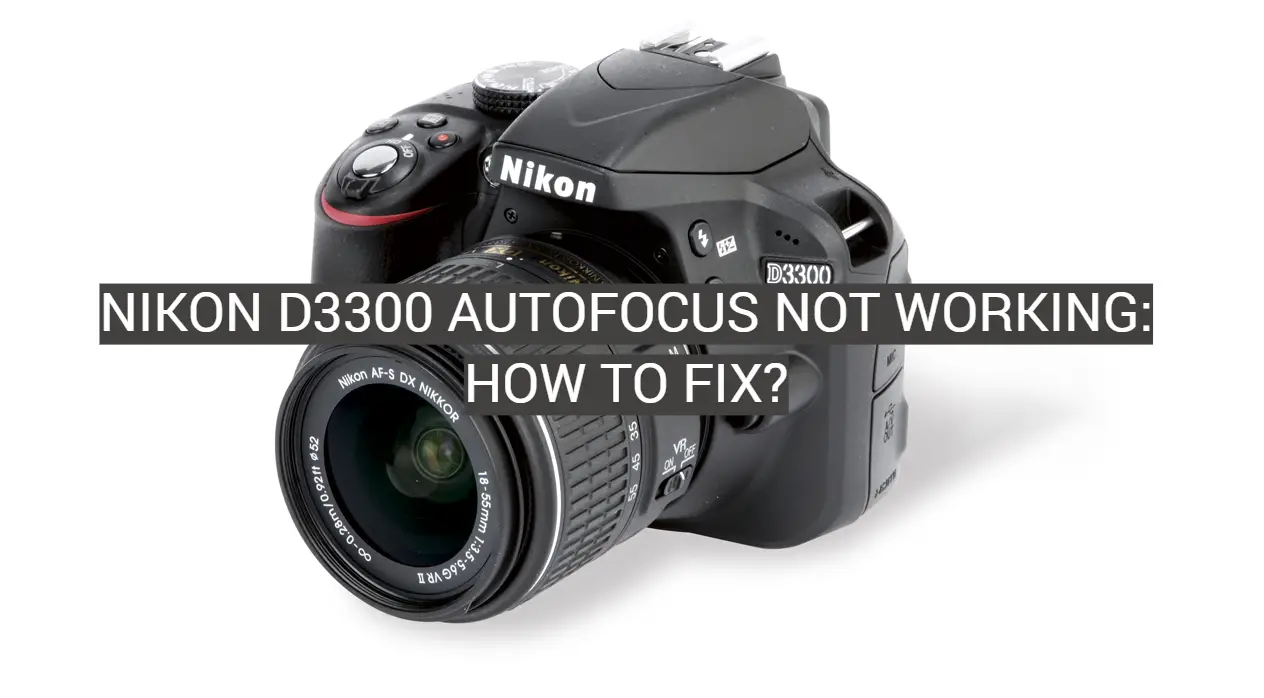

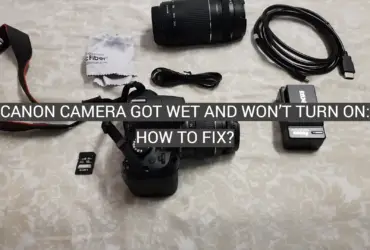
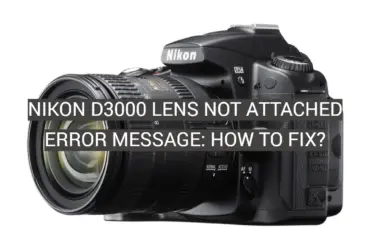
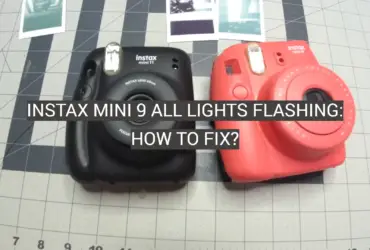
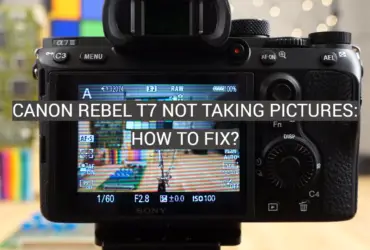

Leave a Reply